America and the Americans: Pineapple Mai Tai
January 23, 2016
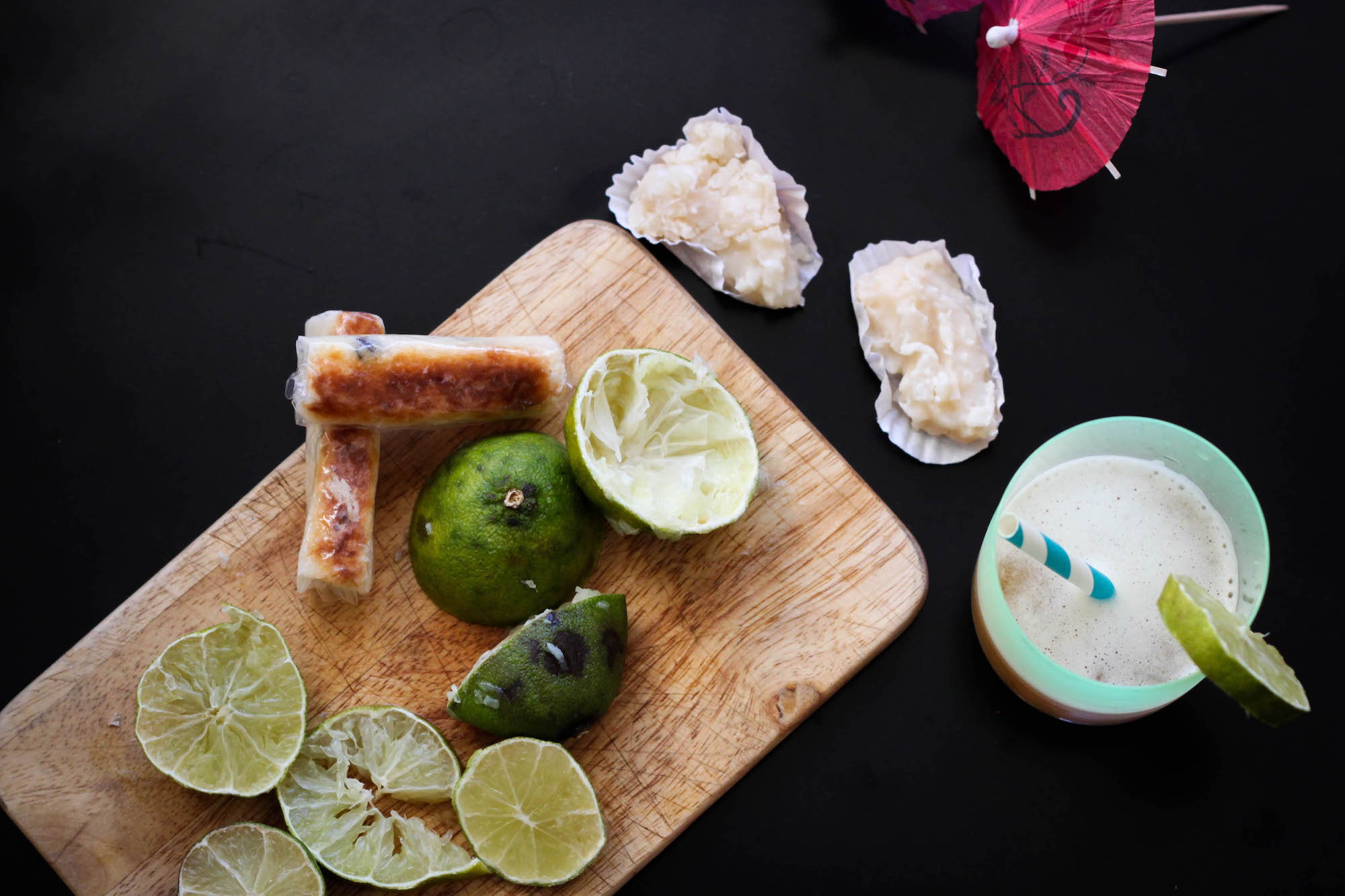
Everyone I’ve told about the cruise I went on in early January has asked me if I’ve read David Foster Wallace’s essay on cruising1. Yes, I have. And no, I don’t think there’s a cruise in the world that DFW would have enjoyed. It’s a tacky business, but in the best possible way. It’s like going to Oktoberfest in a dirndl and braids: You have to give yourself over to it. To the glitter and feathers at the evening show, the white pants and silk shirts, the poolside piña coladas, overpriced bingo games, the awkward audience involvement. You have to love it. And in return, it will love you back.
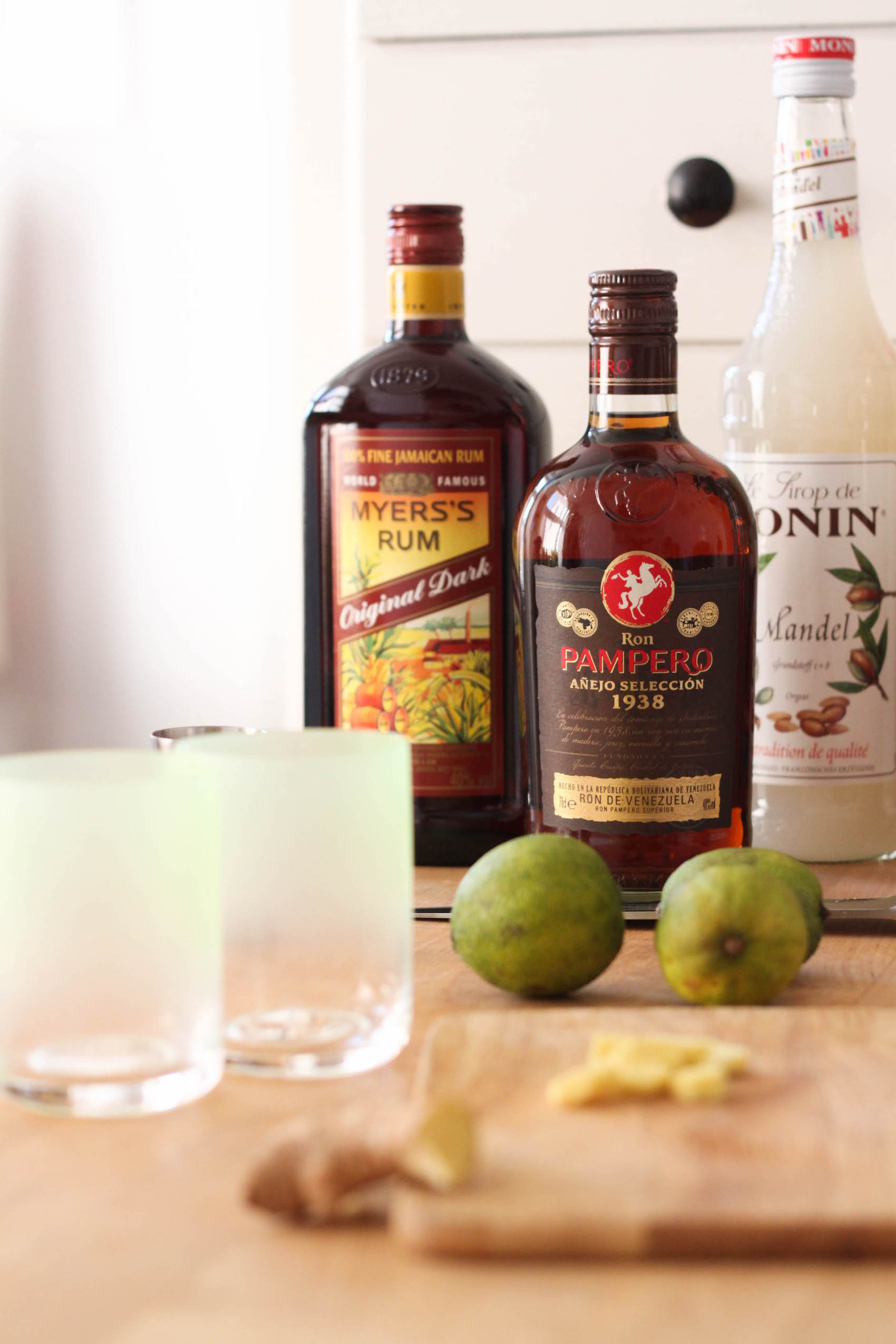
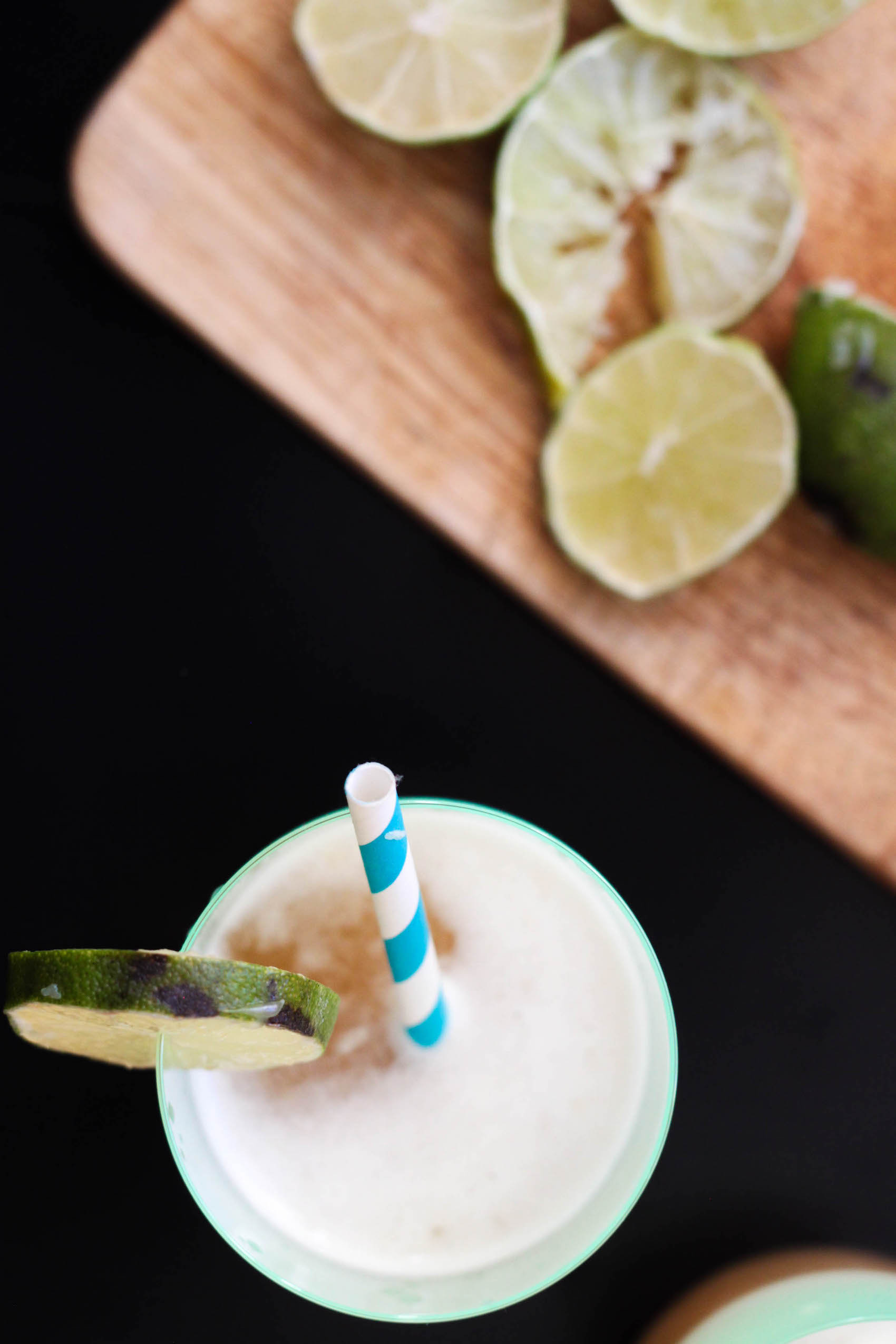
One of my favorite games has always been to pretend I’m someone else, to slip into another voice, another life. In fact, I was a theater kid long before I hit the stage. My grandma used to tell me how I’d stand in front of the mirror and practice crying, just so I’d be ready when real waterworks came in handy.
On a cruise, I get to pretend my life is always cocktails in the evening sun, that I’m in the habit of wearing cute skirts and high heels and bright red lipstick to dinner, that I keep my nails manicured and enjoy small-talk with strangers. I go to the sauna and to the gym and carry around a sparkling gold clutch as if I had anything more to keep track of than my little blue sea pass. There’s no internet to remind me of my responsibilities – or of my real life. All I can do is immerse myself in this alternate world. Yes, DFW, it’s a show. But if I’m already in it, I may as well live it up.
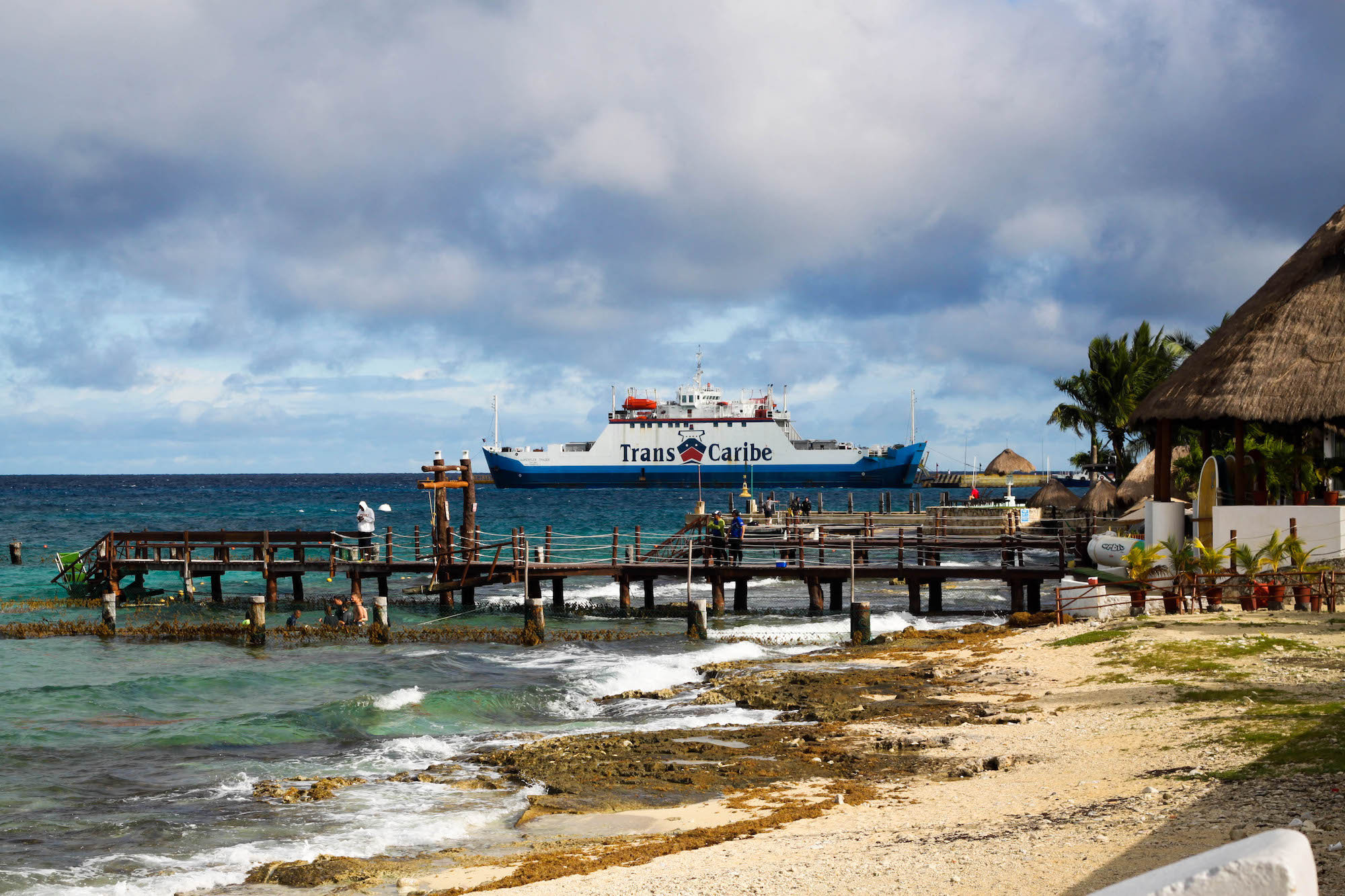
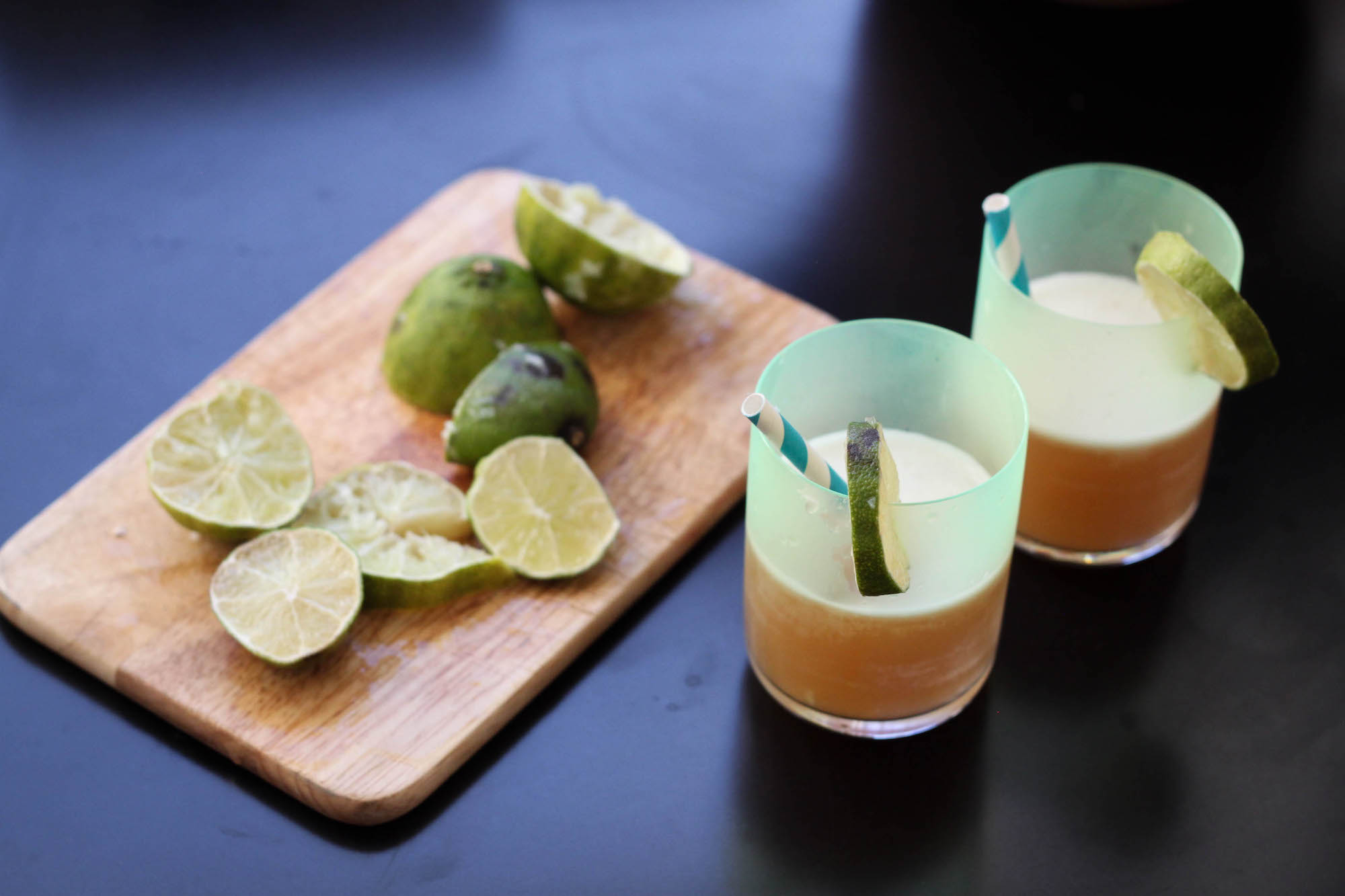
I spent a lot of time observing other people on the cruise, seeing small kindnesses in the buffet line and considerate gestures – and also moments of casual disregard for the crew’s constant service and hard work. It got me thinking about people in general, and Americans in particular.
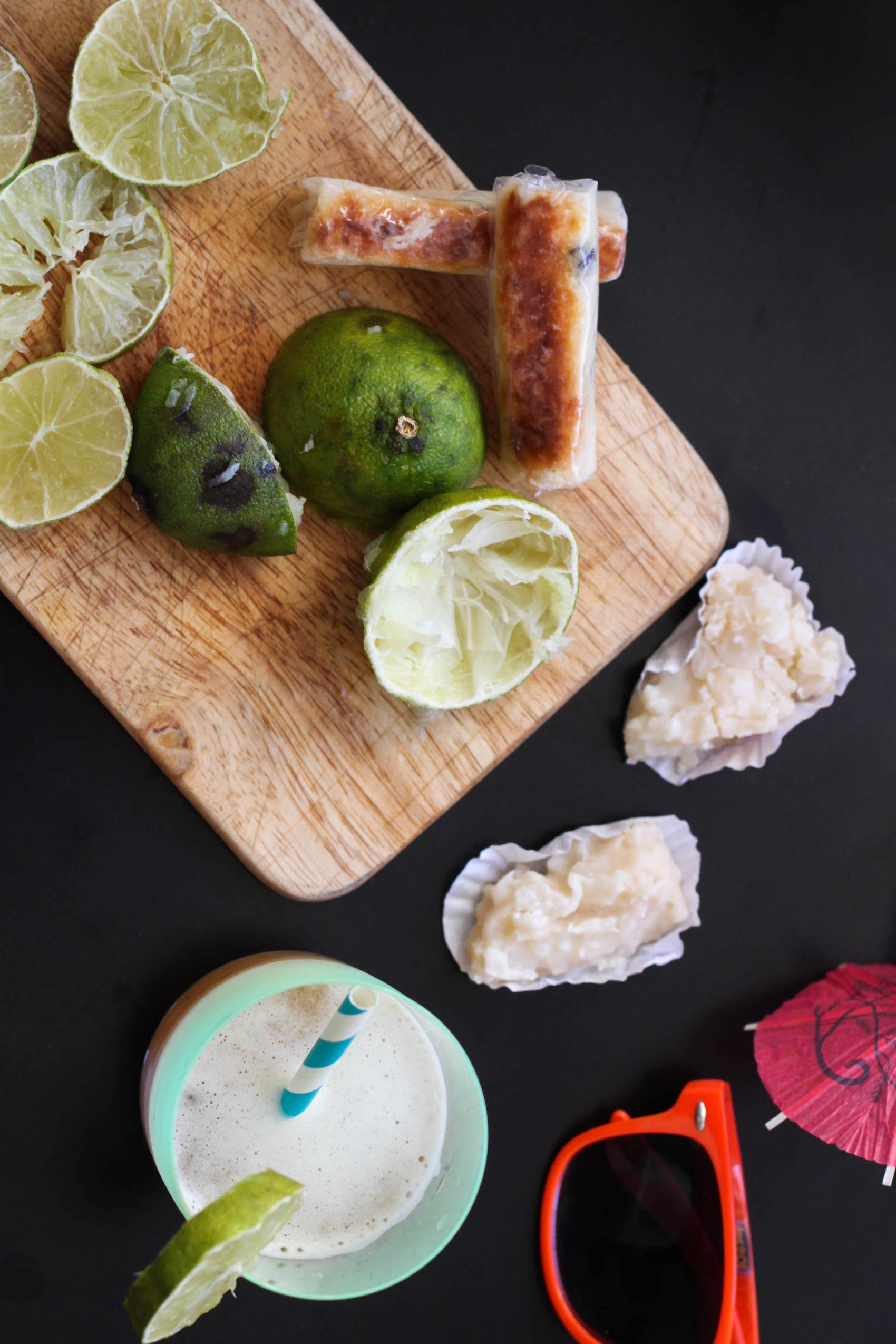
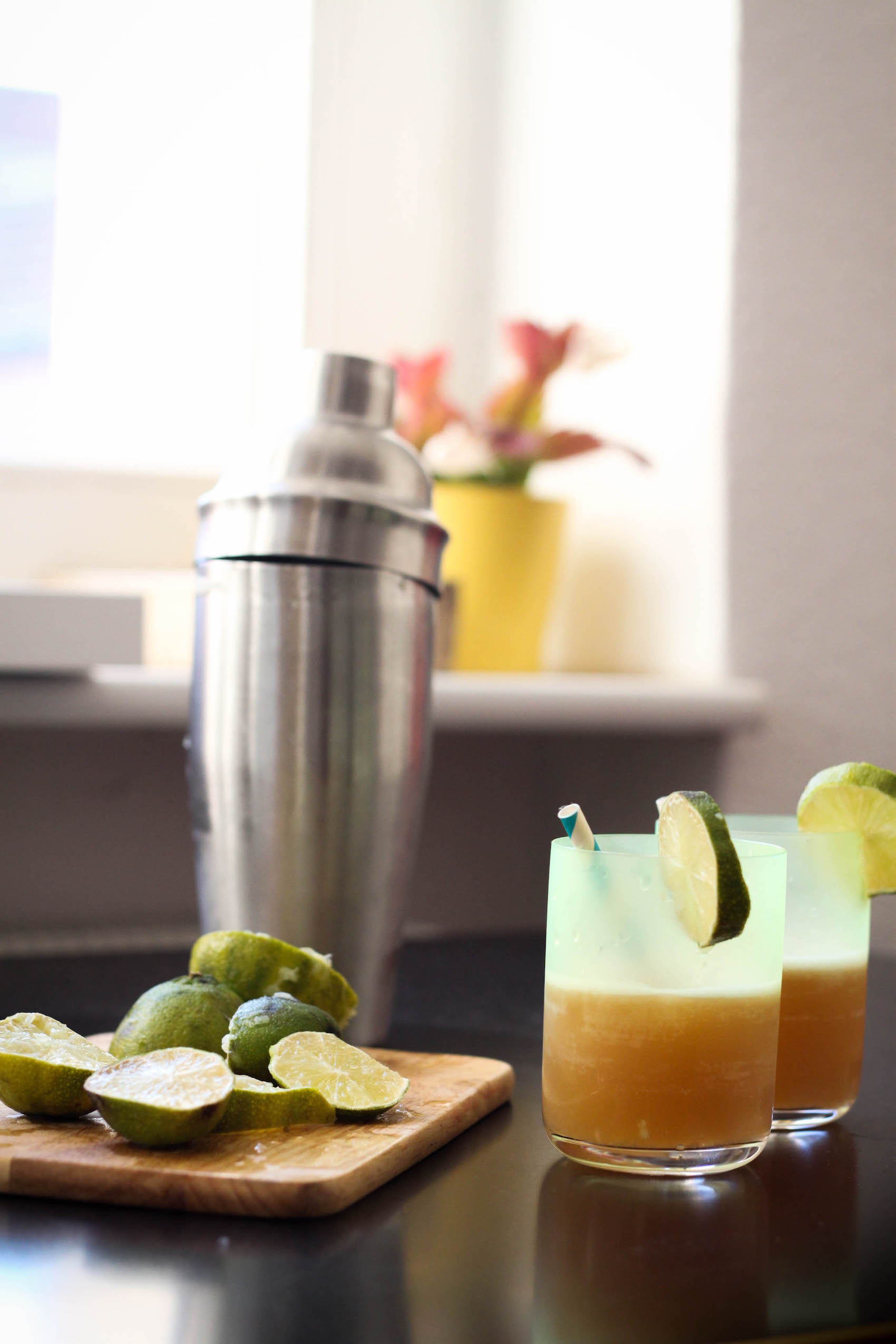
Now that I no longer live in America, I feel a little bit foreign when I come back home. Dining culture, especially, is strange. There are Expectations. Everything must be done as quickly as possible – order fast, drink fast, eat fast, pay fast – then rush out into the dark night and get wherever you’re going – fast. A “good” waiter facilitates this speed and is always at your elbow mid-sentence asking if everything is ok, if you need anything else, maybe the check? There is the Expectation that you will be “taken care of.”
In Germany, where you do well to catch a waiter’s eye, the food is slow to cook, surly to arrive, and once it’s there, you never see your server again. You could sit at the table all night, and unless you made some sort of fuss, no one would be concerned about your wellbeing or care how long you stayed or what else you wanted to order. It’s lovely to be left alone. Of course, the dining landscape in Berlin is starting to change, and then again, the Americans are coming in droves.
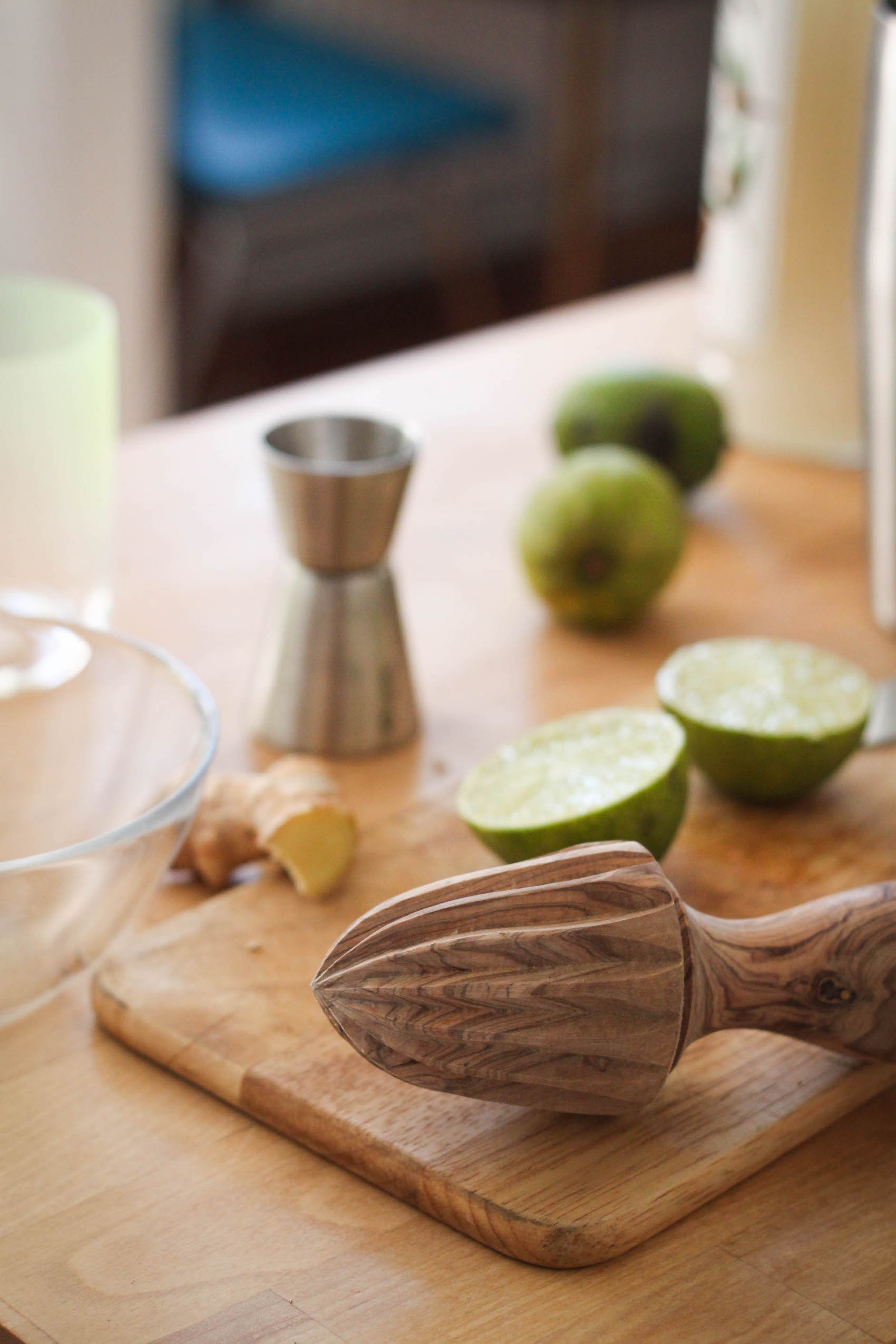
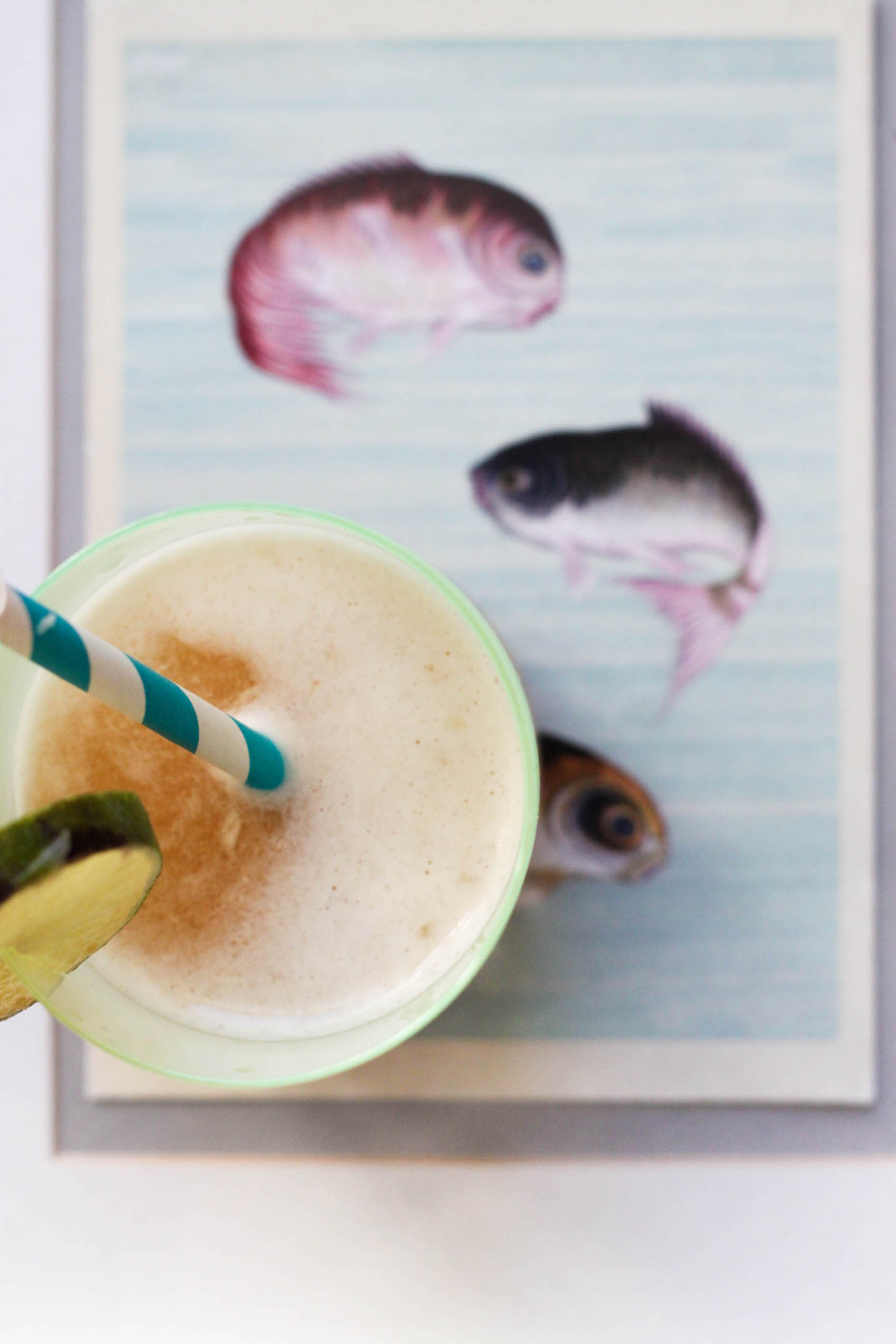
On the cruise, I re-read John Steinbeck’s exploration of America, Travels with Charley. Steinbeck asks whether the Americans can be defined. It is, after all, a vast country of diverse landscapes and mindsets, regional differences in language, cuisine, and politics. How can you say any one kind of person is American?
Living out of the country, I feel I see it more clearly than when I was immersed in it. I don’t know if what I see truly is more accurate, or if, being removed, I’m more prone to make generalizations. In any case, while watching my fellow cruisers skitter here and there across the ship, I felt that Steinbeck’s observation struck a chord:
Americans as I saw them and talked to them were indeed individuals, each one different from the others, but gradually I began to feel that the Americans exist, that they really do have generalized characteristics regardless of their states, their social and financial status, their education, their religious, and their political convictions. But if there is indeed an American image built of truth rather than reflecting either hostility or wishful thinking, what is this image? What does it look like? What does it do? […] The more I inspected this American image, the less sure I became of what it is.
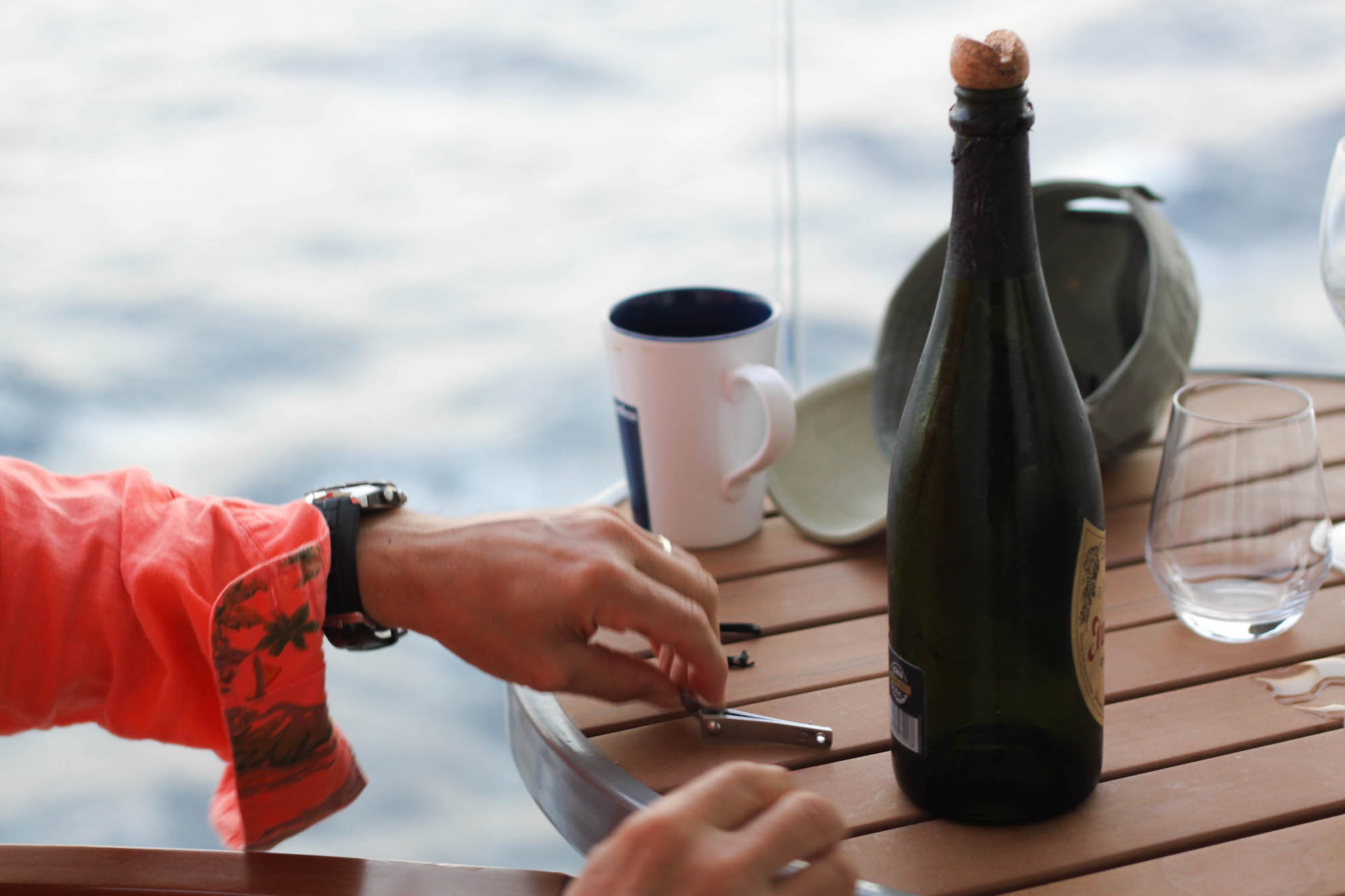
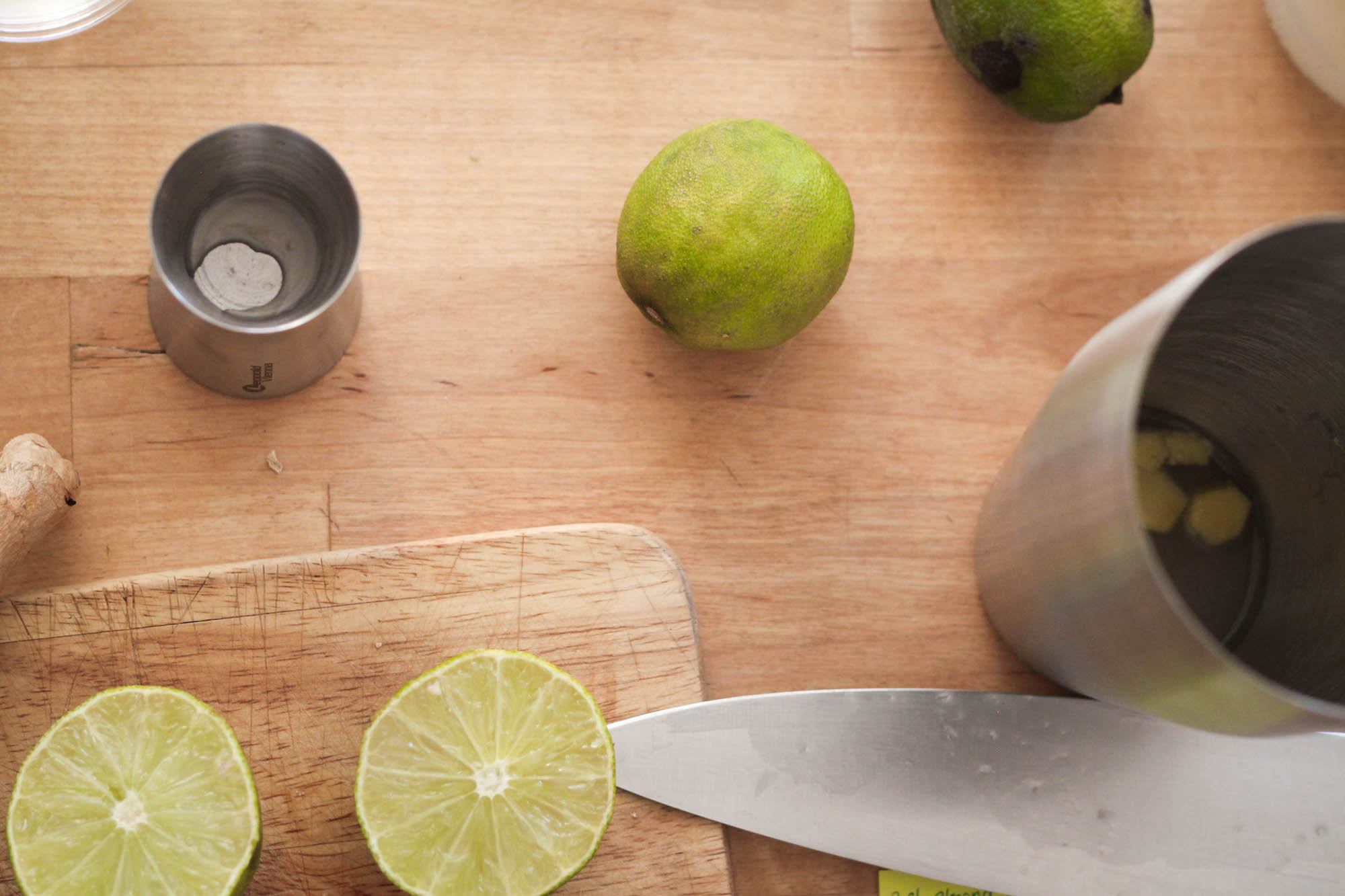
I think of the country’s founding principles – not just the nice ones like unalienable Rights and Life, Liberty, and the pursuit of Happiness – but the more complicated ones like Manifest Destiny and Puritan ideology. Wherever our parents came from, however we grew up, our institutions imprint us with these characteristics – though their expression takes many shapes.
At their best, the Americans are decisive and driven, know their self-worth and believe in the achievability of their dreams. At their worst, they’re greedy and egotistical, pushing to get ahead whatever the cost.2

At this point, I’m sure you’re thinking I’ve wandered far from my Jamaican beach, where I’m sipping a Mai Tai and shaking sand out of my sandals. But it was there on my big gray towel, branded with the Celebrity X3, that I realized the person I was pretending to be was an American. It was like I was exploring a parallel present, one in which I’d never left America for Germany, had never fallen in love with a Colombian.
I’m a real Venn diagram of cultures – the American one I grew up with, the German one I live in, and the Latin one that’s so subtly become a part of my life. Where they overlap is where I am.
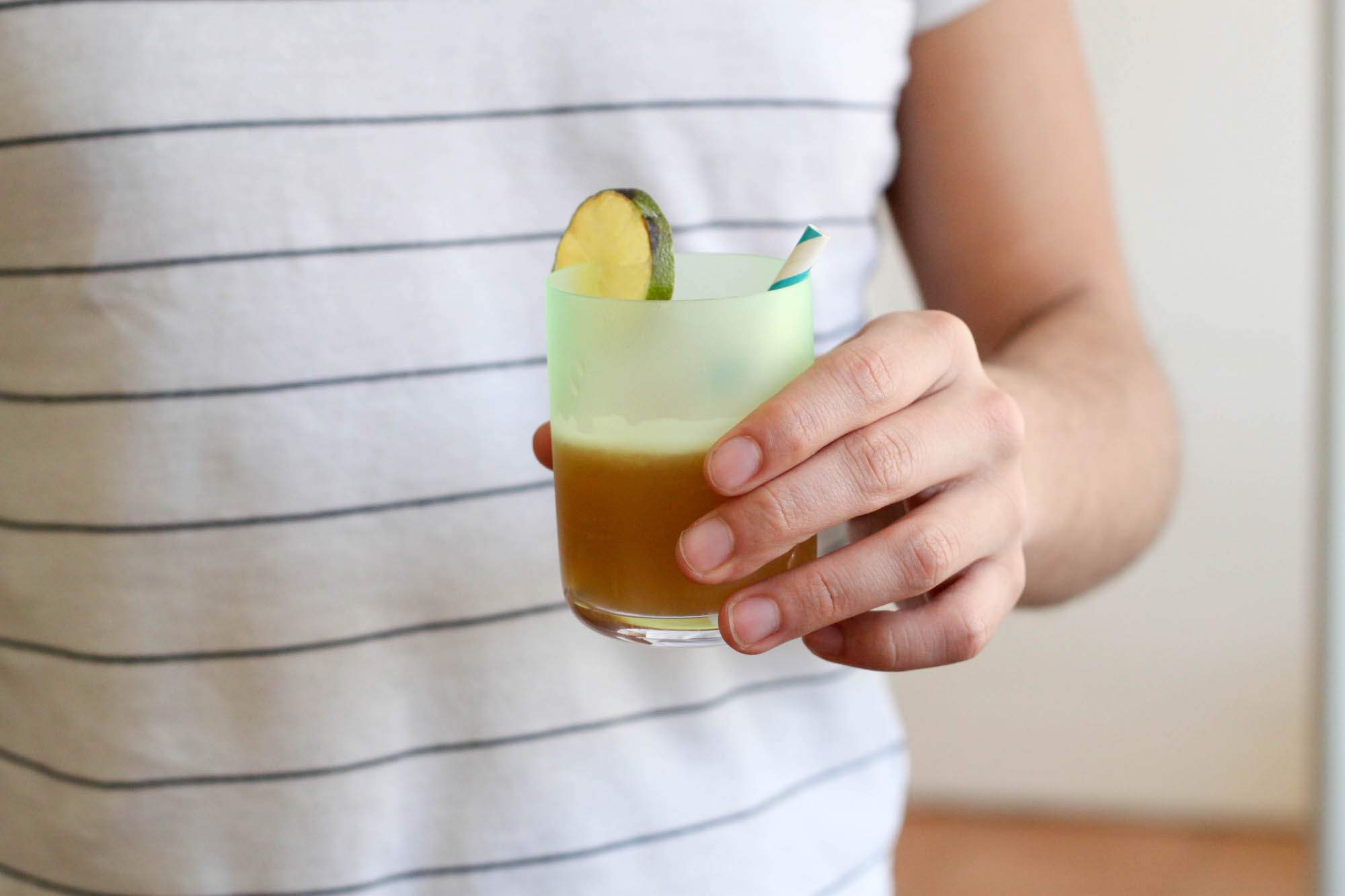
Right now where I am is in January Berlin. I’m slowly waking up from the Caribbean’s sunny stupor – the four-course meals with endless steaks and garlic-roasted snails, the pleasant, easy expectation to be Entertained. I’m once again getting used to looking out over the small back courtyard with its naked, swaying tree, here where patches of snow cling to the red shingled rooftops. Whatever culture I come from, this is my life.
I lift a Mai Tai to the setting sun, toast to a new year in this place. It’s where I came to, after all.
1A highly recommended piece of literature. Here’s a little teaser: “A lot of the passengers get seasick anyway, these first two howling days. It turns out that a seasick person really does look green, though it’s an odd and ghostly green, pasty and toadish, and more than a little corpselike when the seasick person is dressed in formal dinner wear.” See what I did there with that footnote?
2DFW has his own, less-generous, take on what it is to be American on a cruise: “I’m newly and unpleasantly conscious of being an American, the same way I’m always suddenly conscious of being white every time I’m around a lot of non-white people. I cannot help imagining us as we appear to them, the bored Jamaicans and Mexicans, or especially to the non-Aryan and hard-driven crew of the Nadir. All week I’ve found myself doing everything I can to distance myself in the crew’s eyes from the bovine herd I’m part of: I eschew cameras and sunglasses and pastel Caribbeanwear; I make a big deal of carrying my own luggage and my own cafeteria tray and am effusive in my thanks for the slightest service. Since so many of my shipmates shout, I make it a point of special pride to speak extra-quietly to crewmen whose English is poor. But, of course, part of the overall despair of this Luxury Cruise is that whatever I do I cannot escape my own essential and newly unpleasant Americanness. Whether up here or down there, I am an American tourist, and am thus ex officio large, fleshy, red, loud, coarse, condescending, self-absorbed, spoiled, appearance-conscious, greedy, ashamed, and despairing.”
3 Yes, the same cruise line DFW describes with such “despair.”

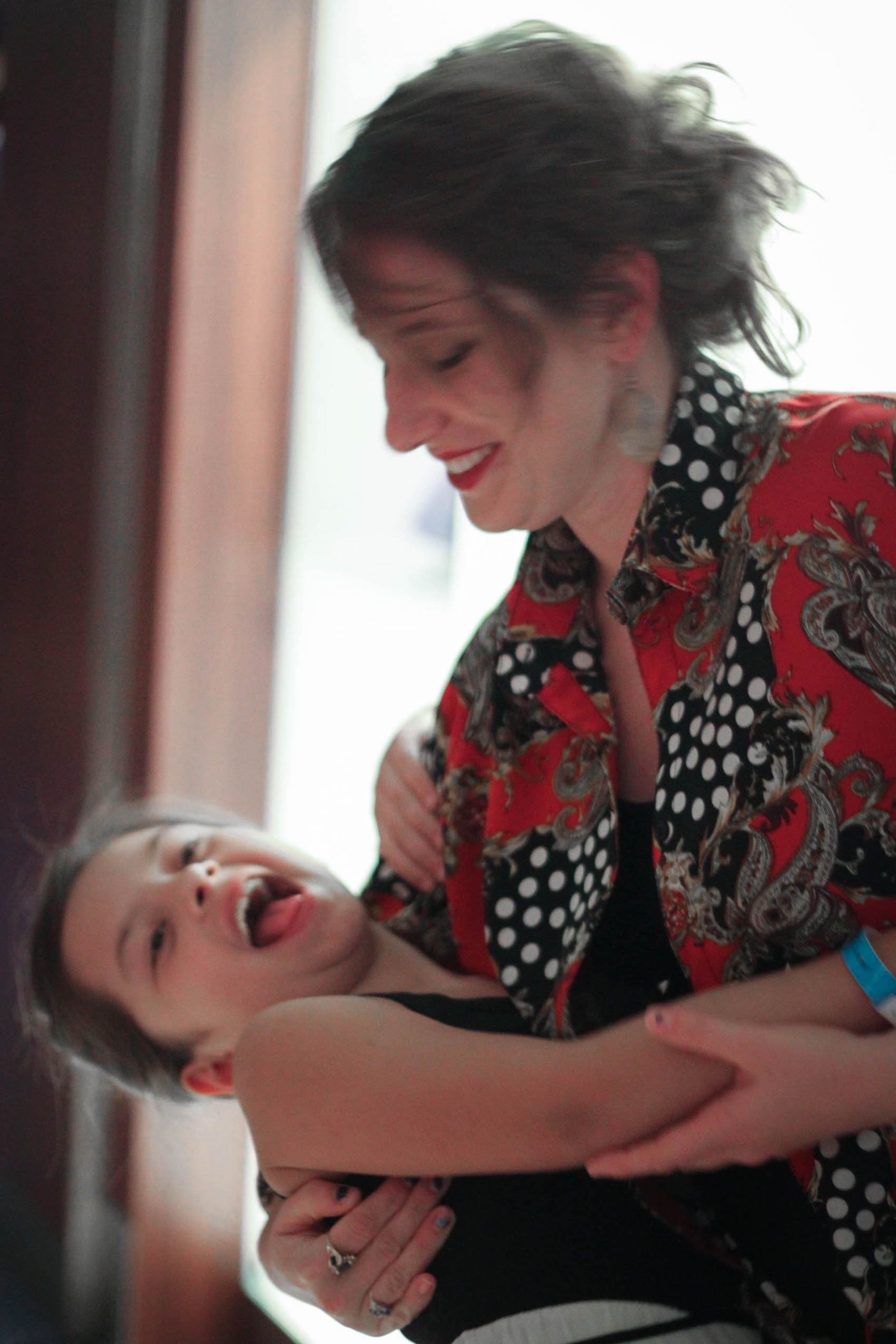
Pineapple Mai Tai
Rather than convert centiliters to ounces, which seems like more work than it’s worth, just keep the ratios listed below the same if you’re measuring in a non-metric country, i.e., just pretend the recipe says “ounce” when it says “cl.” The total amount of cocktail will be a little different, but the taste will stay the same. Makes two cocktails.
2 cl almond syrup
3-4 slices fresh ginger
3 cl fresh lime juice
4 cl Meyer’s dark rum
4 cl aromatic añejo rum
6 cl pineapple juice
Lime wedges, to garnish
In a cocktail shaker, muddle almond syrup with fresh ginger slices. Add lime juice, Meyer’s dark rum, añejo rum, and pineapple juice. Top off the shaker with cubed ice, close it, and shake vigorously until very cold. Strain into two classes and garnish with a lime wedge.
Another great post … full of insights … and even a Mai Tai recipe (although I’ll hold off on the latter until the temps here in Massachusetts warm up quite a bit). I’m guessing that Footnote #1 may be Mark Twain’s “Innocents Abroad” — although since I can’t put my hands on my copy of the book, I can’t furnish proof.
It does have a Twainesque feel to it, doesn’t it? This quotation, however, is David Foster Wallace – another great observer of people and places.
Mmmmmm. Love that luxury pampering on a cruise and the endless food. Your blog post took me back there.